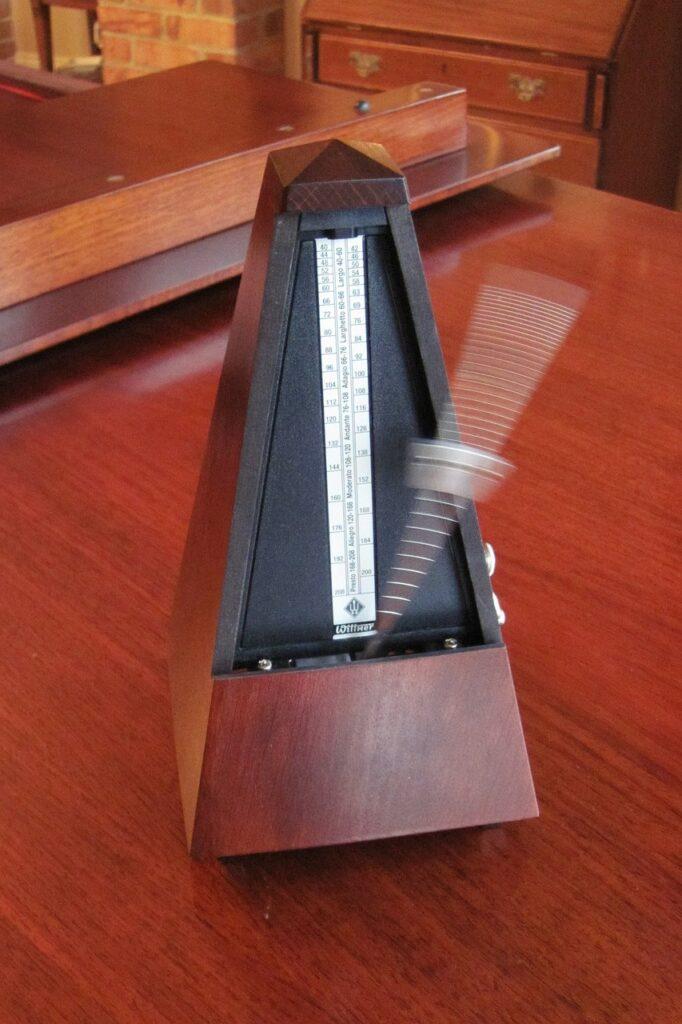Have you gotten basic sight singing down, but want to expand beyond seven notes? Look no further. In this post you will sing both sharp and flat solfege notes with an emphasis on the flats. Read more to understand singing shape note solfege flats. Estimated reading time 3 minutes.
Read More

